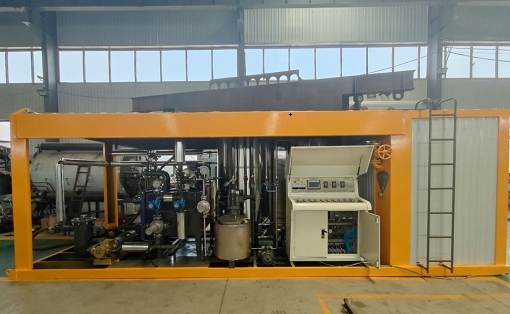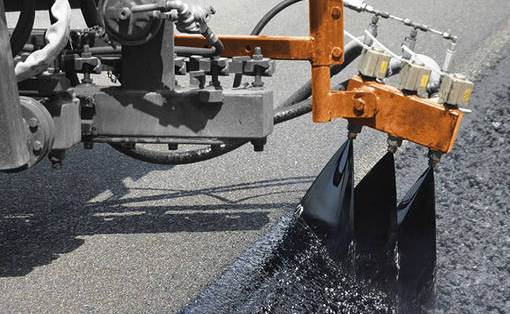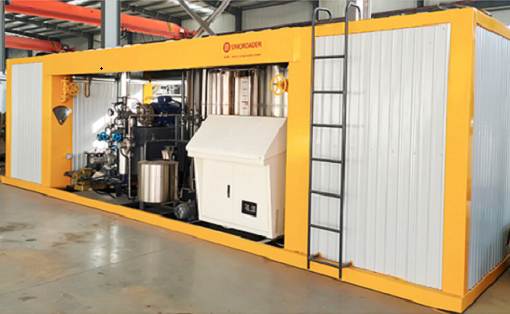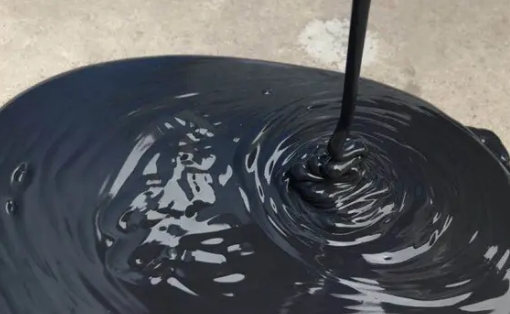How to use asphalt anti-sticking release agent?
Asphalt anti-sticking release agent is a product used in the construction of hot asphalt mixture to solve the asphalt anti-sticking problem. It is used to replace diesel and vegetable oil! There are all kinds of things about the effect of asphalt anti-sticking release agent. How to use asphalt anti-sticking release agent?
Before use, stir the release agent evenly, spray or apply the original liquid evenly on the surface of construction equipment such as rubber-wheeled rollers, transport carriages, paver hoppers, ironing plates, etc.; or add water to the roller water tank after dilution, stir evenly and spray automatically for use.
When preparing to start construction, when the roller tires are cool or the temperature is low, you should first apply the roller tires with the release agent original liquid, and then start rolling. At the beginning, you need to apply more release agent. After the temperature of the tires rises, you can apply it normally or less. If you use intermittent spraying of release agent, you should spray more frequently at the beginning of construction.
When adding water, we recommend a ratio of 10-15 times. It will be better to use 10 times the water ratio. If you think the cost is high and want to add more water, it is also possible, but try to use less than 15 times the water ratio. If it is modified asphalt, it is recommended to use less than 8 times, and 7 times the water ratio is recommended.
Asphalt anti-sticking release agent is a product used in the construction of hot asphalt mixture to solve the asphalt anti-sticking problem. It is used to replace diesel and vegetable oil! There are all kinds of things about the effect of asphalt anti-sticking release agent. How to use asphalt anti-sticking release agent?
Before use, stir the release agent evenly, spray or apply the original liquid evenly on the surface of construction equipment such as rubber-wheeled rollers, transport carriages, paver hoppers, ironing plates, etc.; or add water to the roller water tank after dilution, stir evenly and spray automatically for use.
When preparing to start construction, when the roller tires are cool or the temperature is low, you should first apply the roller tires with the release agent original liquid, and then start rolling. At the beginning, you need to apply more release agent. After the temperature of the tires rises, you can apply it normally or less. If you use intermittent spraying of release agent, you should spray more frequently at the beginning of construction.
When adding water, we recommend a ratio of 10-15 times. It will be better to use 10 times the water ratio. If you think the cost is high and want to add more water, it is also possible, but try to use less than 15 times the water ratio. If it is modified asphalt, it is recommended to use less than 8 times, and 7 times the water ratio is recommended.



































